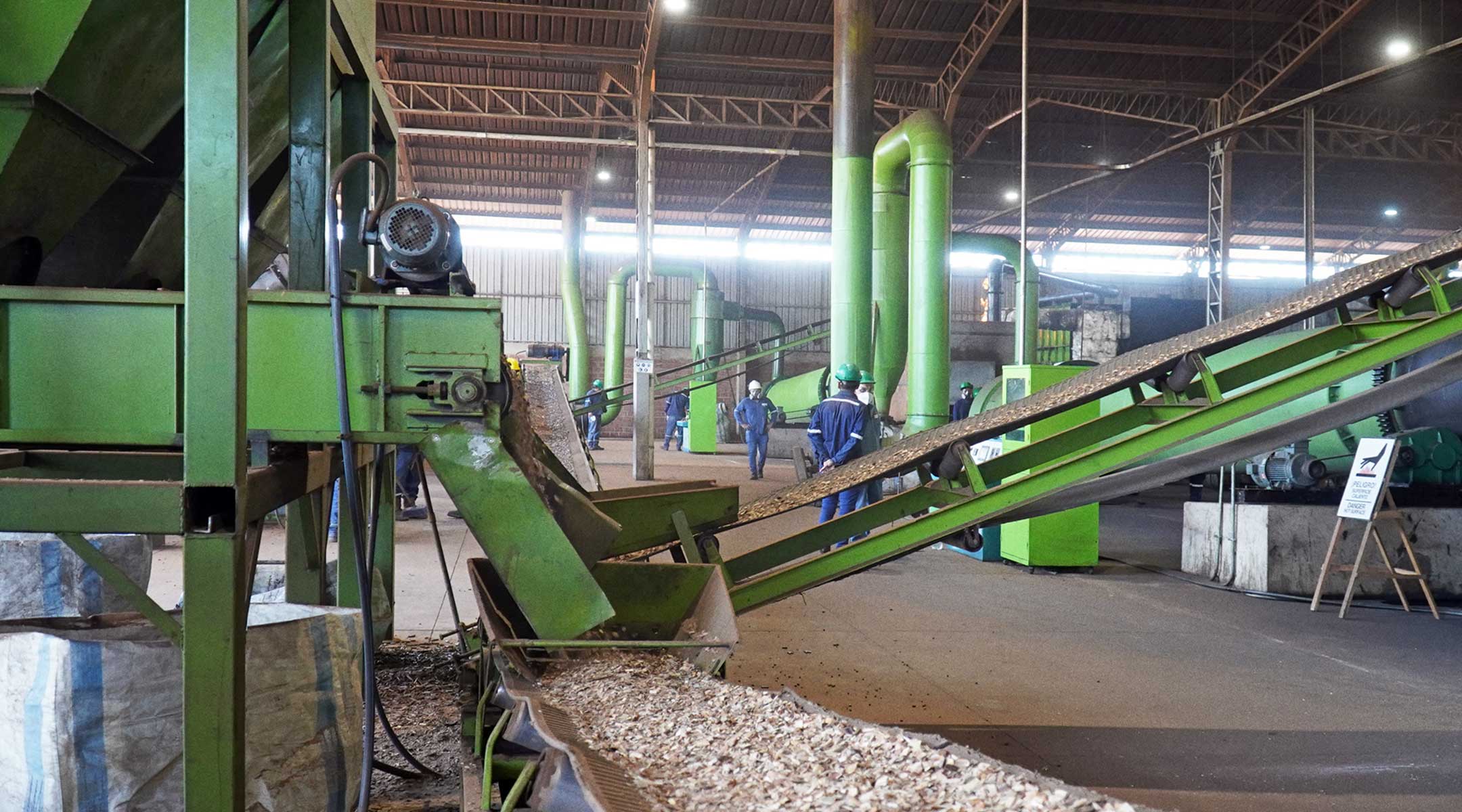News
Carbonfuture Announces Landmark 2025 Progress in Building a Scalable High-Integrity Durable CDR Market
Carbonfuture Announces Landmark 2025 Progress in Building a Scalable High-Integrity Durable CDR Market
Learn More

CHAR’O production hall with 8 Syncraft pyrolysis lines (photo: CHAR’O)

Exomad Green's biochar facility in Bolivia (photo: Exomad Green)

On the ground at EnergieWerk Ilg (photo: EnergieWerk Ilg)

Biochar as a soil amendment in agriculture

Biochar production at Energiewerk Ilg.
Photo: Energiewerk Ilg